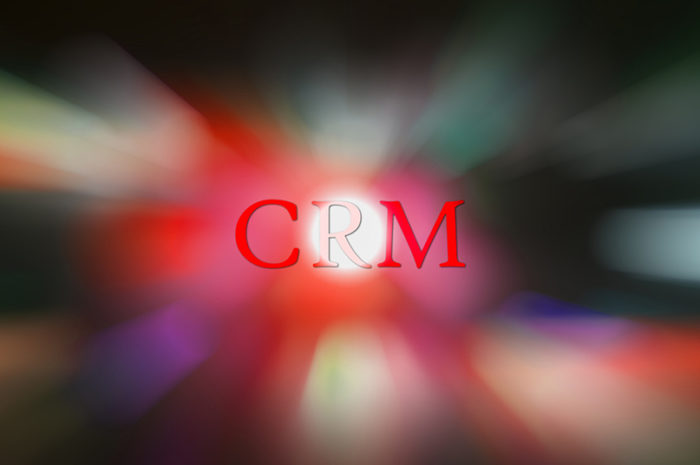High street retailers are used to hard knocks by now, but even those learning to adapt to the harsh new multi-channel environment must brace themselves for the icy economic winds heading their way. Rising inflation is clearly impacting consumer spending levels and with household incomes failing to keep pace, any upturn looks further away than ever.
Hopes for a pre-Christmas spending boom looked over-optimistic, with Black Friday sales failing to lure cash-conscious savers into high streets and shopping centres. In-store sales of non-food items – such as the many items on sale during the Black Friday weekend – declined by 3.7% on a like-for-like basis.
Head of Retail at KPMG, Paul Martin, has said that, “for retailers in this environment, the difference between success and failure is akin to walking a tightrope. Retailers would be wise to focus on differentiation, personalisation and ensuring the availability of their products”.
Death of the high street: exaggerated
Yet, when consumers are asked what they want, we may wonder whether reports of the death of the high street have been exaggerated. In a recent survey by HSO, more than half (53%) of consumers polled said that if logistical barriers – inconvenient opening times, parking difficulties and so on – were removed, then the in-store experience would still be the preferred way to shop. In fact, 71% said the ability to touch and feel a product was an important part of their decision to buy.
In the HSO survey, 27% – even among those aged 34 and under – said they had been influenced by an in-store experience, showing that the high street is still important to the younger generation, despite the concurrent growing popularity of online shopping.
So what can can bricks and mortar retailers do to fan this flicker of hope? Customer Relationship Management (CRM) has been an accepted part of a sales and marketing department’s toolkit for many years now, particularly in B2B organisations. As a result of this, it is often associated purely with contact management. Retailers are more likely to use an ERP system for stock and supply chain control and forget the need to manage the customer journey.
Yet, today’s customers have come to expect that a retailer will know who they are, what they have purchased in the past and their preferred ordering and delivery methods. They may buy, say, a handbag, in-store and when they get home decide to buy the same item for someone else as a birthday present via their mobile phone. They assume when they call a central number that the customer service agent will know that they have just visited one of their stores.
CRM strategies and the single customer view
However any retailer who is serious about developing an omni-channel customer relationship strategy – that is developing a single view of all customer interactions regardless of how they have shopped – should deploy an efficient CRM solution. This could be an extension to their ERP solution or as a standalone software. According to a RIS/EKN Customer Engagement study, the cost of not being omni-channel is 10% in lost revenue.
Also according to another study, this time by IDC, shoppers that buy through multiple channels have a 30% higher lifetime value that those who shop using only one channel.
With this unified view of a customer, retailers can deliver personalised messaging and targeted offers. By connecting the high street store to the digital world, they facilitate a seamless customer journey from mobile app to point of sale and beyond.
One of the most valuable aspects of a CRM system is the data it generates. This can be used to direct communications, offers and content to customers in ways that show they are being identified as individuals. When you engage with a customer in this way, it is making them feel important.
Improving the customer experience can include helping customers save money by timely discount offers; save time by providing visibility of stock levels and instore availability of goods and add value by providing useful information and advice. It can attempt to influence purchasing behaviour by rewarding loyalty by holding exclusive shopping events, pre-sales previews and additional discounts.
Other incentives include dedicated customer service, customer appreciation letters and personalised communications – and of course, the loyalty reward scheme, allowing retailers to deliver offers based on purchase history. It’s all about capturing the imagination of the client. For example, you could devise an offer on a coat one month, a hat to match another and a handbag to complete the outfit the following week.
Creative retailers can find a way to encourage their customers to forward their content on social networks, sharing details of things they’ve bought and writing reviews. But they must bear in mind the whole time that if the comment is negative it could do significant damage – and so be ready to counteract this if and when it happens.
This is why it pays for retailers to stay connected with their customers and react to any feedback, no matter what the sentiment may be. Social features within a CRM system will provide the easiest way for retailers to do this.
With a powerful CRM solution and strategy in place, retailers can develop social media engagement, roll out effective loyalty programmes and utilise marketing automation tools, facilitating a retailer’s whole omni-channel experience.
There may be little that retailers can do to prevent the pound from falling, the Brexit negotiations for dragging on for years and the economy in general lurching from gloom to doom. However, they can ensure that when and where money is spent, they benefit. A CRM system is a way to fight back and claim their market share.
Have an opinion on this article? Please join in the discussion: the GMA is a community of data driven marketers and YOUR opinion counts.
